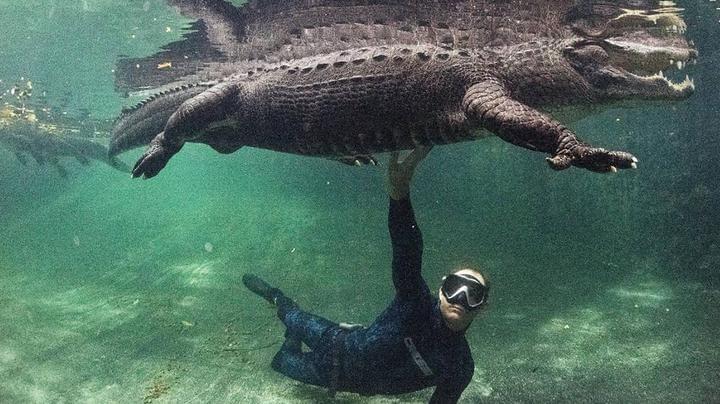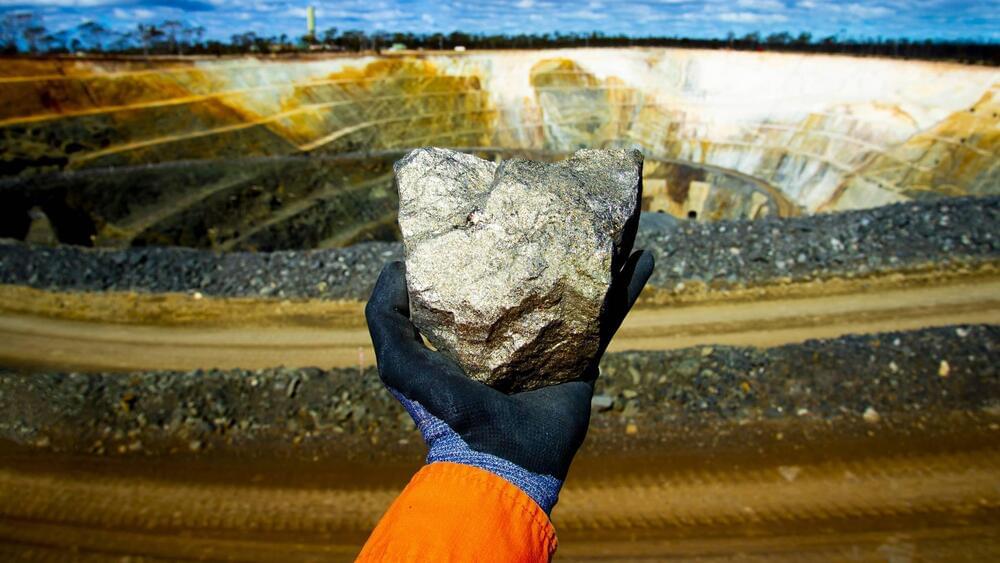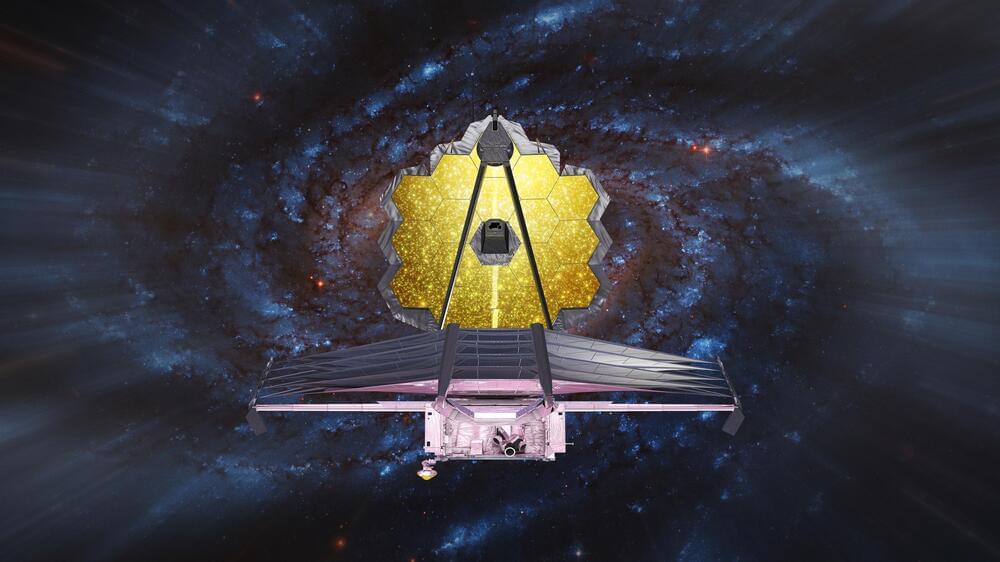After more than a decade of observations, Northwestern University astrophysicist Jason Wang has constructed an amazing time-lapse video of four planets larger than Jupiter as they revolve around their star, giving viewers a one-of-a-kind glimpse into planetary motion.
Wang, assistant professor of physics and astronomy at Weinberg College of Arts and Sciences, pointed out that it can be difficult to detect planets in a rotating orbit, which is why this video of planetary motion is so striking.
Objects in our solar system, like Jupiter and Mars, are barely visible since we are in the same system and don’t have a top-down view, Wang explains in a statement. Planetary events occur too promptly or slowly, making it hard to capture video of planetary motion of this caliber.






